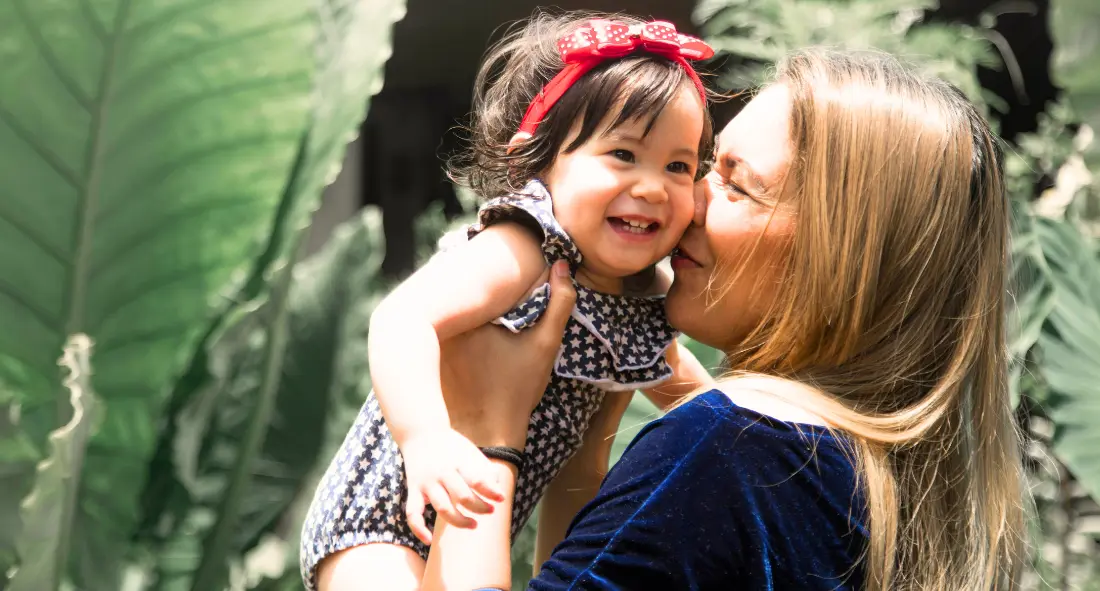Are 24 Months and 2T the Same Size? A Comprehensive Guide
It might be difficult to determine your toddler’s size, particularly when you see labels like “24 months” and “2T.” They are not the same, even though both sizes appear to be aimed at kids around the age of two. Knowing the distinctions will enable you to choose clothes that complement your child’s developmental stage and fit them comfortably.
24 Month vs 2t Clothes
| Feature | 24 Months | 2T |
| Intended Age | 18–24 months (younger toddlers) | 2–3 years (older toddlers) |
| Fit | Shorter and wider; roomier in the hips and seat for diapers | Slimmer and longer; designed for potty-trained or training toddlers |
| Diaper Space | Extra space for diapers | Minimal or no extra diaper space |
| Design Features | Often includes snaps for easy diaper changes | May have zippers/buttons for independence |
| Mobility | Optimized for crawling/early walking | Optimized for active walking/running |
| Styling | Infant-focused prints and details | More “grown-up” styles and patterns |
A Comprehensive Explanation
1. Age and Developmental Stage
24 Months: Suitable for infants 18 to 24 months of age, who may be crawling or just beginning to walk and are probably still in diapers. To fit diapers and the larger proportions of a chubbier infant, the garments are made wider and rounder.
2T: Designed for toddlers between the ages of 2 and 3 who are more active, often potty-trained, and have a more slender, upright build. The longer and slimmer fit reflects the bodily changes that occur as newborns grow into toddlers.
2. Comfort and Fit
24 Months: Clothing is shorter and wider, giving diapers more space in the hips and seat. They frequently have crotch closures for convenient diaper changes.
2T: There is less space for diapers because the clothes are longer and slimmer. They are designed for kids who can walk with assurance and may be learning how to put on their own clothes. Less often used snaps are swapped out for buttons or zippers to promote independence.
3. Realistic Aspects
Are 24 Months and 2T the Same? Not quite. 24 months clothes will probably fit and be more comfortable if your kid is still in diapers or is shorter/chubbier; 2T is typically more appropriate if your child is potty-training or has a leaner frame, providing a better fit for active movement and self-dressing.
4. Brand Variations
Different brands may have different sizes. 2t same as 24 months is not true however. For instance, the 24 months of one brand can coincide with the 2T of another in terms of weight and height. Are 24 Months and 2T the Same? Not always—so always refer to the brand’s sizing chart and, if at all feasible, hold the clothing up or try it on your child to ensure it fits.
Frequently Asked Questions (FAQs)
1. What’s the difference between 24 month and 2T clothing sizes for toddlers?
Are 24 mo vs 2t clothes are the same? No. Although their target ages overlap, 2T is for older toddlers (2–3 years) who are more mobile and probably potty-training, while 24 months is for younger toddlers (18–24 months) with room for diapers.
2. Does My Child Fit Into Both Sizes?
Some kids can fit both, particularly if they are almost two years old or are moving out of diapers. Many parents use 2T during the day (for easier movement) and 24 months at night (with diapers).
3. How Can I Pick the Appropriate Size?
Determine your child’s waist circumference, weight, and height.
Take into account their developmental stage (potty-training, walking, crawling).
Examine the sizing chart for the brand.
For a visual inspection, hold the clothing up to your child.
4. What Causes the Stylistic Difference?
While 2T clothing includes more “big kid” styles and features that encourage independence, 24 month clothing usually contains infant-oriented designs and details for simple diaper changes. Are 24 Months and 2T the Same? The answer is in these stylistic and functional differences.
Realistic Remedies
For toddlers in diapers, go with 24 months for a snug fit and simple changes.
For a smaller fit and greater independence, choose 2T for active toddlers or those who are potty training.
Constantly refer to size charts: Fit may be impacted by brand variances.
Try before you buy: Ask your youngster to compare measurements or try on both sizes if at all possible.
In Conclusion
Are 24 Months and 2T the Same? Despite being in the same age group, 24 months and 2T are not the same. There are a lot of difference between 2t vs 24 months clothes. Fit, design, and intended developmental stage are the primary distinctions. You can guarantee a practical and comfortable fit that promotes your child’s development and independence by taking into account their demands and consulting size charts. If you have any questions, feel free to contact us—we’re here to help guide you every step of the way.
